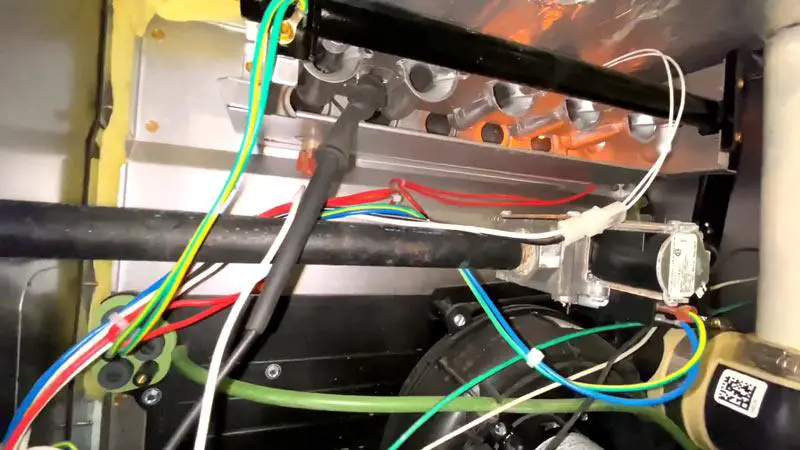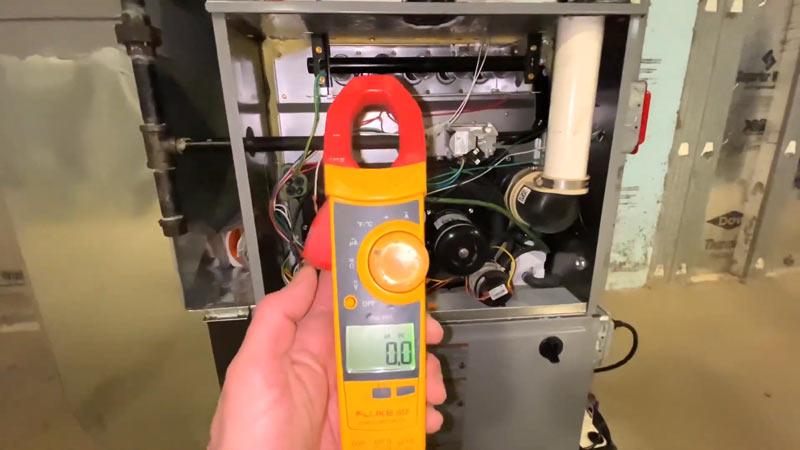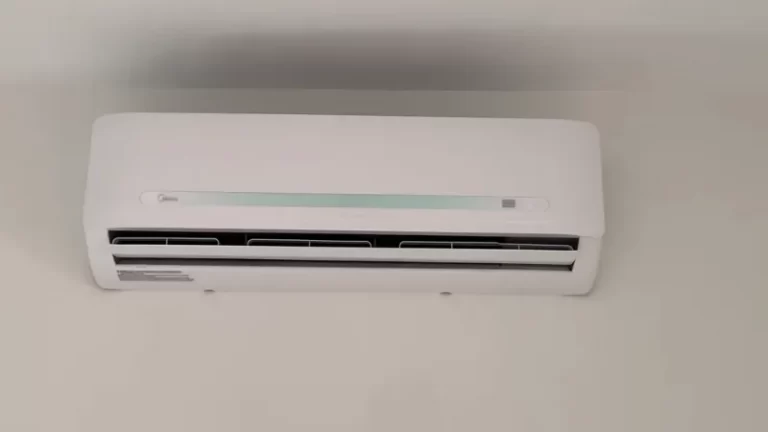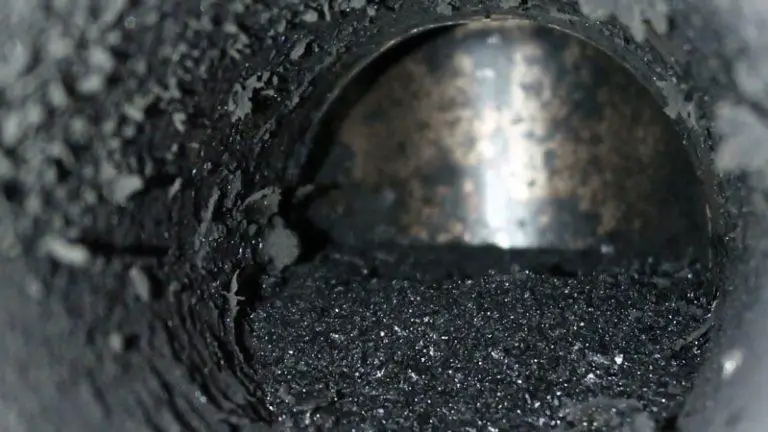How Do You Test A Flame Sensor Signal

Make sure to clear any obstructions in the flame sensor’s path, such as dirt or grease buildup. Check for faulty wiring by checking the voltage and current at each electrical junction point.
If your igniter is failing, it may need to be replaced with a new one. If you’re having trouble getting an open flame going, there could be a low voltage issue on board causing this problem. In case of a fire, always stay away from flammable materials and call 911 immediately.
You'll Learn About
How Do You Test A Flame Sensor Signal?
If your flame sensor is dirty, the wiring may be faulty. A damaged or defective igniter can cause a low voltage; this might prevent the stove from turning on at all.
Checking for low voltage can help identify whether or not there’s an issue with the wiring in your oven or range top fixture itself. In some cases, it might be necessary to replace the entire ignition system in order to fix a malfunctioning flame sensor
Dirty Flame Sensor
If the sensor is not responding, you should first check if there is a power outage or if it’s just dirty and needs to be cleaned. You can also try replacing the sensor if necessary- this will reset your system and hopefully fix the issue.
When testing flame sensors, always make sure that all surfaces are clear of any objects that could block the signal from reaching the detector (such as curtains). Keep an eye on your smoke detectors in case something triggers their alarm. This includes cleaning off dust and debris buildup on sensors as needed.
Finally, test only one sensor at a time so you don’t confuse issues with neighboring ones.
Faulty Wiring
A flame sensor is a common electronic component found in homes, businesses, and other buildings. When a flame is detected, the sensor sends an electrical signal to the controller.
If there’s a problem with the wiring or circuit board, this will cause the sensor to malfunction and send false signals. You can test your flame sensor by turning off all power to your stovetop and kitchen appliances except for the sensors themselves (or use an ohmmeter).

If nothing happens when you test your flame sensors then it’s likely that they are either faulty or need replacing.
Damaged or Defective Igniter
If you notice that your sensor is not detecting flame, there are a few things to check first. Make sure the wire and connector are properly connected and in good condition.
- Check for obstructions on the gas line or regulator
- These could cause interference with the sensor
- Test the sensor by igniting a lighter near it without actually touching any of the other components
- If all else fails and you still can’t get your fireplace or stove to light up, call an expert
Low Voltage
Testing a flame sensor signal is important to ensure that your appliances are working properly. There are various ways to test a flame sensor signal, so find the one that works best for you.
Be sure to check the manufacturer’s instructions before testing your appliance in order to avoid any damage. Always follow the safety guidelines when testing a flame sensor signal and be aware of flammable materials nearby.
Flame sensors can fail due to many factors, so it is important to monitor them regularly and replace them as needed.
Can you Ohm a flame sensor?
A flame sensor is a small electronic device that detects the presence of fire. If your car has one, you can use an ohmmeter to check if it’s working correctly.
This simple test will tell you if there’s a problem with the sensor or wiring.
Flame Sensor Is Faulty
A faulty flame sensor can be the cause of a number of car problems, including poor combustion and unreliable readings from your engine’s sensors.
This issue is often caused by ground issues or defective parts in the sensor itself. To diagnose this problem, you will need to ohm out the sensor (measure resistance). If the resistance is too high, it may mean that there is an issue with the flame sensor itself.
Grounding Issues
If there are grounds present in your vehicle’s wiring system, they can interfere with signals sent from some of your car’s sensors. This interference can result in incorrect readings from various systems inside your vehicle, including the flame sensor.
In order to troubleshoot this issue, you will need to isolate each wire at both ends and check for any hidden grounds.
Defective Flame Sensor
A defective flame sensor could also be due to a broken wire or improper adjustment on the part of the manufacturer. If you suspect that your flame sensor has gone bad, it is best to take it in to a mechanic for proper diagnosis and repair/replacement procedures.
Improperly Adjusted Flame Sensor
If you have adjusted your fire sensor yourself using tools like pliers or wrenches incorrectly in past instances then over time these adjustments may become worn down resulting in inaccurate readings from the device.
To correct this condition, you will first need to remove all adjuster screws and re-adjust as needed, and then replace them if necessary.
What reading should I get on a flame sensor?
A flame sensor is a device that detects fire. These sensors are usually installed in the engine to help prevent it from detonating prematurely. When you’re looking for trouble with your sensor, it’s important to check the readings on your flame sensor as well.
Check If The Flame Sensor Is Clean
Your flame sensor is a vital part of your furnace’s operation and must be maintained in good working order. It helps the furnace to adjust its settings according to the amount of heat being produced by the fire. If there is any dirt, debris, or corrosion on your flame sensor, it will significantly reduce its ability to detect fires and operate properly.
To ensure that your flame sensor is clean and functioning properly, you should check for these conditions and take appropriate action if they’re found.
Verify The Power is On To The Furnace
If your furnace doesn’t have power going to it from an outlet, then the flame sensor won’t be able to work either. Make sure that you’ve got power running into all of the components in your system including the flame sensor before troubleshooting starts.
In some cases, a faulty fuse may be responsible for this problem so it’s important to identify and replace any blown fuses as soon as possible.
Test the Sensing Circuit
If after verifying power is present and checking for cleanliness everything still seems wrong with your system, test out whether or not your sensors are functional. Start turning off both heating elements at once (by unplugging them) while keeping one eye on each light ring on top of either control panel. One should go out when element 1 turns off while 2 stays lit due to resetting the circuit.
Then turn back on element 1 only (not both), wait 10 seconds & repeat with Element. This tests if the unit operates correctly even without input signals from thermostats/heating elements. However unit may show incorrect temp reading since circuity has been ‘reset’ during the testing phase.
How much resistance should a flame sensor have?
If your flame sensor fails to detect a fire, it may be time for a replacement. A defective element in the device can cause this problem, and improper wiring could also be responsible.
Badly installed burners could create an issue with the sensor as well- test yours by pressing it against a light source to see if it works properly. Finally, make sure that the wire connections are secure by replacing the faulty element or rewiring if necessary.
What voltage should a flame sensor be?
If you find that your flame sensor isn’t always turning on, there may be a problem with the wiring or plugged-in parts. A faulty flame sensor can also result in a lack of heat, known as “flame out”.
If your heater is not turning on despite having a working flame sensor, it could mean that there’s something wrong with the wiring or pluggable part. Finally, if even after following all of these tips your heater still won’t turn on, it might be time to call an expert.

How much current does a typical flame sensor produce?
A flame sensor is a device that monitors the level of heat coming from an open flame. This information is used to adjust the air-fuel mixture in a furnace.
A typical flame sensor produces around 0.5 amps of current, which is enough to power some basic devices like LEDs and sensors. If your car’s flame sensor isn’t working correctly, it may not be able to detect hot flames properly and will cause poor fuel economy or even fail completely while driving.
A flame sensor is a device that measures the current of a flame. This current is used to determine whether or not there is a fire present. The sensors are usually made out of metal and can be found on appliances such as ovens, stoves, and furnaces.
By cleaning your sensor with steel wool, you will prevent corrosion from happening and block any glass sand residue from interfering with the flow of current through the sensor.
If you have deposits blocking the flow of current through your flame sensor, it may need to be replaced in order for your appliance to function properly again. These deposits can form when water or other chemicals are spilled onto the sensor or if it becomes corroded over time due to exposure to moisture and salt air conditions inside buildings.
A properly functioning flame sensor typically produces a reading between 2 and 10 microamps. If the reading is outside this range, the sensor may need cleaning or replacement.
If you’re troubleshooting your furnace, consider exploring why you might hear footsteps in your house for unrelated but interesting insights. Additionally, understanding how to convert a 1.5-story home to a 2-story home can provide inspiration for larger home improvement projects.
To Recap
Testing a flame sensor signal can be helpful in diagnosing and solving problems with your appliance. By understanding the signal, you can fix any issues before they become major.
There are several ways to test a flame sensor signal, so find what works best for you and get started.



